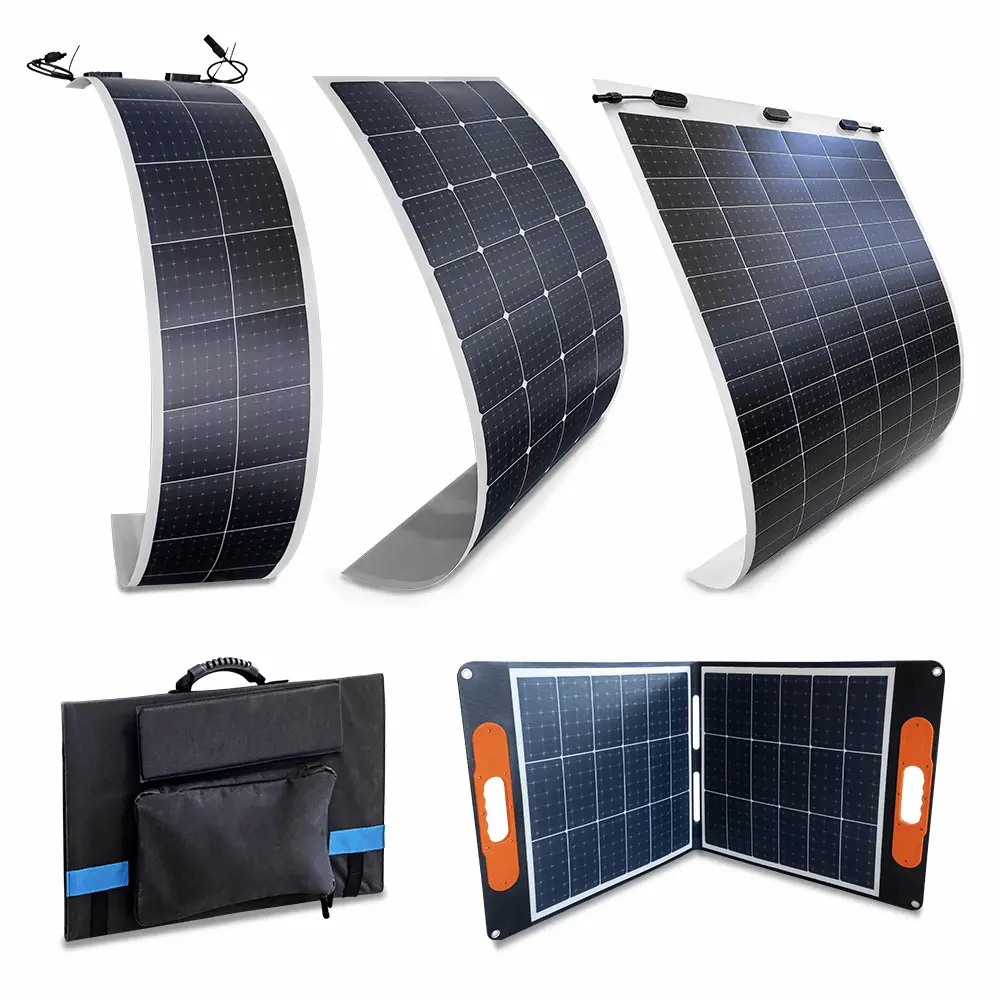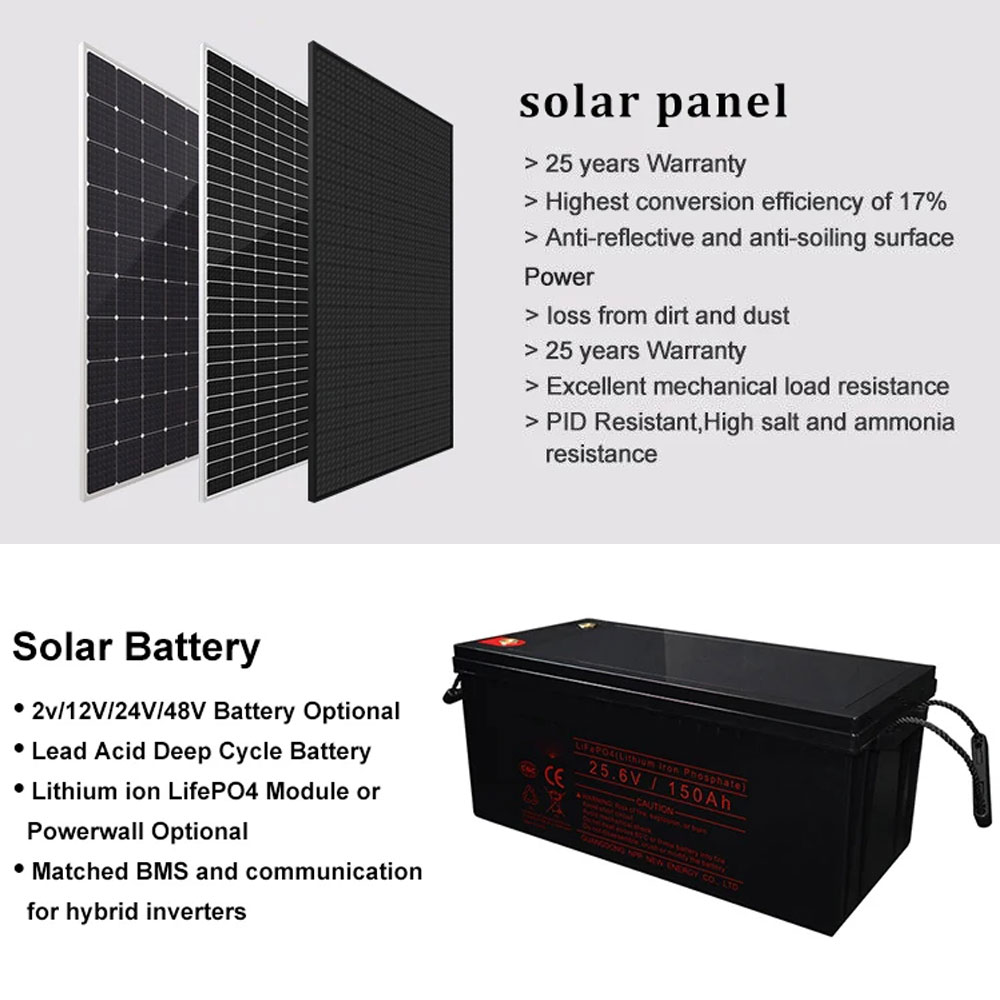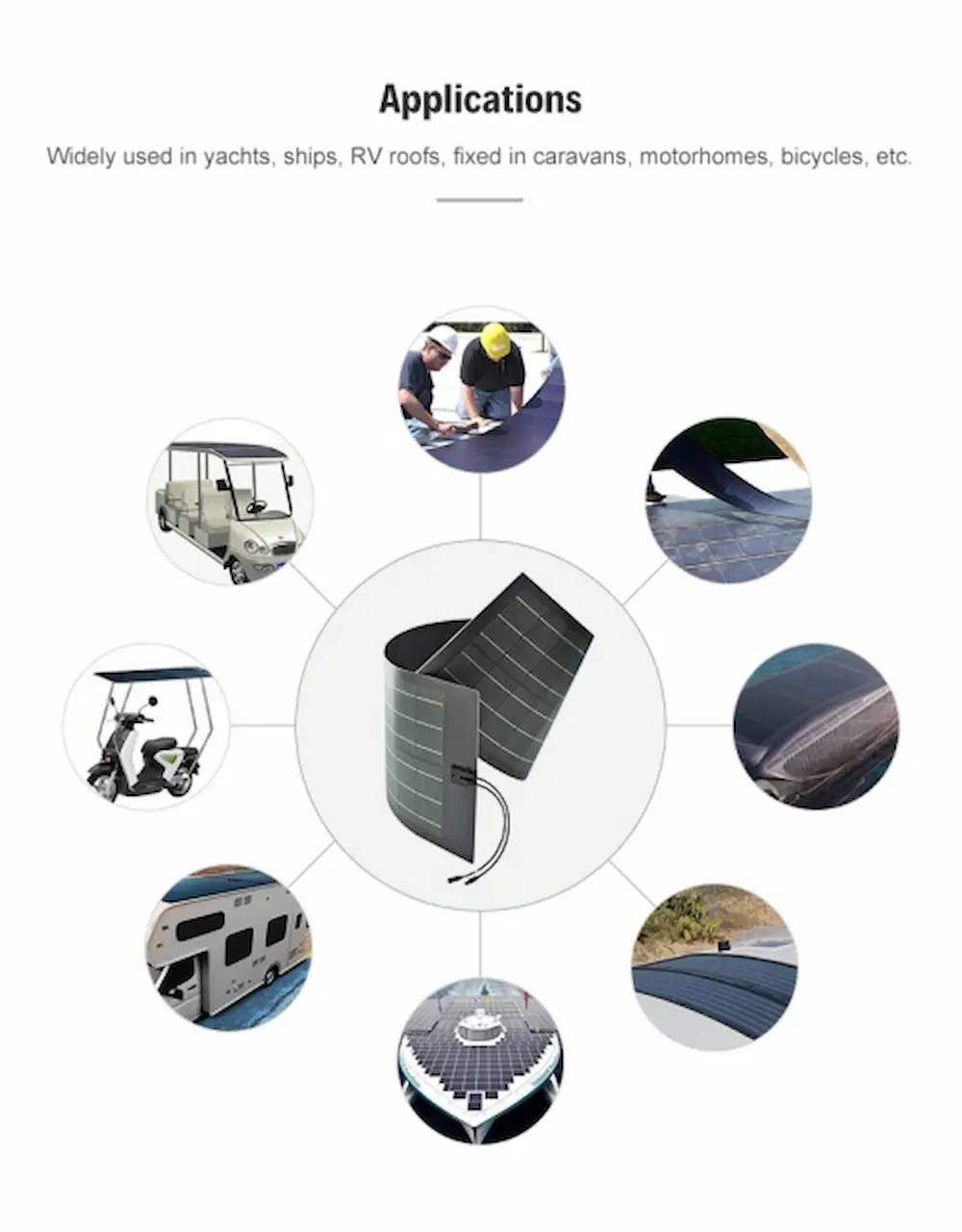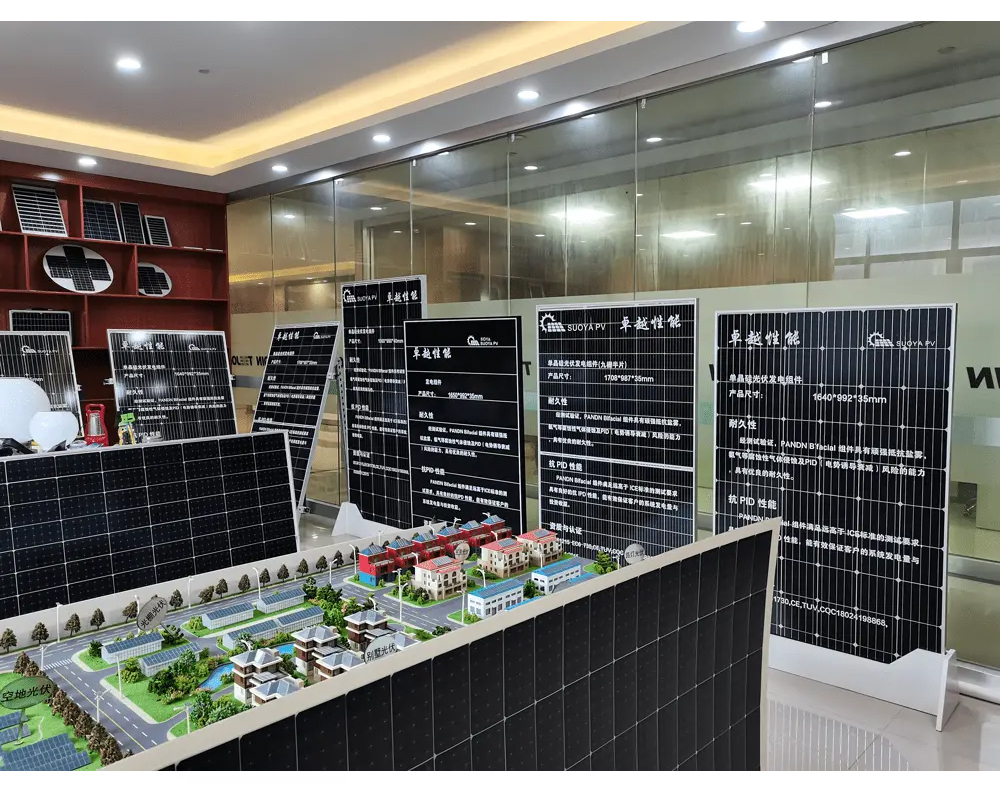Solar robots spearhead future green revolution across industries
In recent years, solar-powered robots have gained popularity for their ability to contribute to sustainable practices. Equipped with photovoltaic panels, these robots convert solar energy into electricity, enabling them to perform a variety of tasks autonomously without relying on fossil fuels.

Such robots have revolutionized the way agriculture and manufacturing operate, increasing productivity, reducing costs and protecting the environment. Let's explore some of the key features and benefits of solar robots in these industries:
Improving Agricultural Precision and Efficiency
Precision agriculture: solar-powered robots use advanced sensors and artificial intelligence technology to analyze soil conditions, monitor crop health and make informed decisions in real time. This enables precision planting, spraying and harvesting to increase crop yields and reduce resource waste.
Autonomous Weed Control: These robots can autonomously identify and eliminate weeds, reducing the need for harmful herbicides. This environmentally friendly approach helps to preserve soil quality and maintain the long-term sustainability of the farm.
Solar Irrigation: Integration of solar panels with irrigation systems allows for sustainable water management. These robots effectively monitor moisture levels in soil and water crops, optimizing water use and minimizing water waste.

Streamlined Manufacturing Processes
Automated Assembly: Solar robots are revolutionizing manufacturing, especially assembly lines, by streamlining and automating repetitive tasks. This increases productivity, reduces errors, and improves the overall efficiency of the manufacturing process.
Quality Control and Inspection: Equipped with advanced cameras and sensors, these robots perform precise quality control and inspection tasks. They scan products for defects and ensure that only high-quality products reach the market.
Efficient Material Handling: Solar robots provide a flexible solution for handling heavy materials, reducing the risk of human accidents in manufacturing facilities. These robots can safely transport goods, increasing safety and efficiency in the workplace.

Environmental Impact of Solar Robots
As the world becomes more environmentally conscious, solar robots play a vital role in reducing carbon emissions and minimizing the ecological footprint of various industries.
Use of Renewable Energy:Solar robots utilize clean and renewable energy from the sun, thereby reducing dependence on fossil fuels. This leads to a significant reduction in greenhouse gas emissions and helps combat climate change.
Minimal Noise Pollution:Unlike conventional machinery, solar robots run quietly, minimizing noise pollution from farmland and manufacturing plants. This benefits nearby communities and wildlife habitats.
Conservation of natural resources:By using solar robots, the use of fossil fuels and other non-renewable resources is minimized. This helps conserve natural resources for future generations and contributes to a sustainable future.
Solar robots in agriculture:
The agricultural sector is one of the most labor-intensive industries, requiring large amounts of water and energy.
By introducing solar robots, farmers can achieve higher yields while reducing costs and environmental impact. Here are some of the key features:
Weed control: solar-powered robots equipped with computer vision can identify and remove weeds, eliminating the need for harmful chemicals.
Autonomous Crop Harvesting: Robots optimized with solar panels can work around the clock to harvest crops efficiently and accurately, reducing yield losses.
Soil analysis: Solar robots can collect and analyze soil data, providing valuable insights for precision agriculture and reducing overuse of fertilizers.
Integrating solar robots into agriculture not only increases productivity, but also promotes sustainability by reducing the carbon footprint of traditional agricultural practices. According to the World Economic Forum, artificially intelligent agricultural technologies, including solar robots, have the potential to increase global food production by 70 percent by 2050.

Solar robots in construction:
The construction industry relies heavily on heavy machinery that consumes large amounts of fuel. By adopting solar robots, construction companies can minimize their dependence on non-renewable energy sources. The main benefits are as follows:
High-rise maintenance:Solar-powered robots can access hard-to-reach areas of high-rise buildings to carry out inspections and maintenance witho-ut jeopardizing human life.
Intelligent Material Transportation:Solar-powered robots can efficiently transport construction materials, reducing reliance on traditional fuelpowered vehicles.
Modular Construction:Solar-powered robots can assist in the assembly of prefabricated modules, increasing construction speed and reducing costs.
By utilizing solar energy, the construction industry can reduce its environmental impact while increasing safety and efficiency. According to the International Renewable Energy Agency (IRENA), solar energy could meet 13% of global electricity demand by 2030, resulting in significant reductions in CO2 emissions.

Solar-powered robots for disaster relief:
When natural disasters strike, a fast and effective response is critical. Solar-powered robots can be deployed to disaster areas to assist in rescue missions and recovery efforts. Here are some key points:
Search and Rescue: robots equipped with solar cells can navigate hazardous environments, search for survivors and reduce human risk.
Debris removal: Solar-powered robots can effectively remove debris, clear roads and help restore critical infrastructure.
Surveillance: Deployed robots can collect and transmit real-time data, enabling responders to assess the situation and allocate resources effectively.
Given the increasing frequency and severity of natural disasters, solar-powered robots can play a vital role in saving lives and accelerating recovery operations. The United Nations estimates that by 2040, the cost of climate-related disasters will reach $54 trillion.

Conclusion:
The combination of solar energy and robotics is a powerful force with the potential to revolutionize multiple industries. From agriculture to construction and disaster relief, solar robots offer many benefits, including increased efficiency, reduced costs, and environmental sustainability.
Embracing this emerging technology not only brings us closer to realizing a sustainable future, but also opens the door to new opportunities and advancements. As solar robots continue to evolve, we must harness their potential to create a world powered by clean energy and supported by smart machines.




